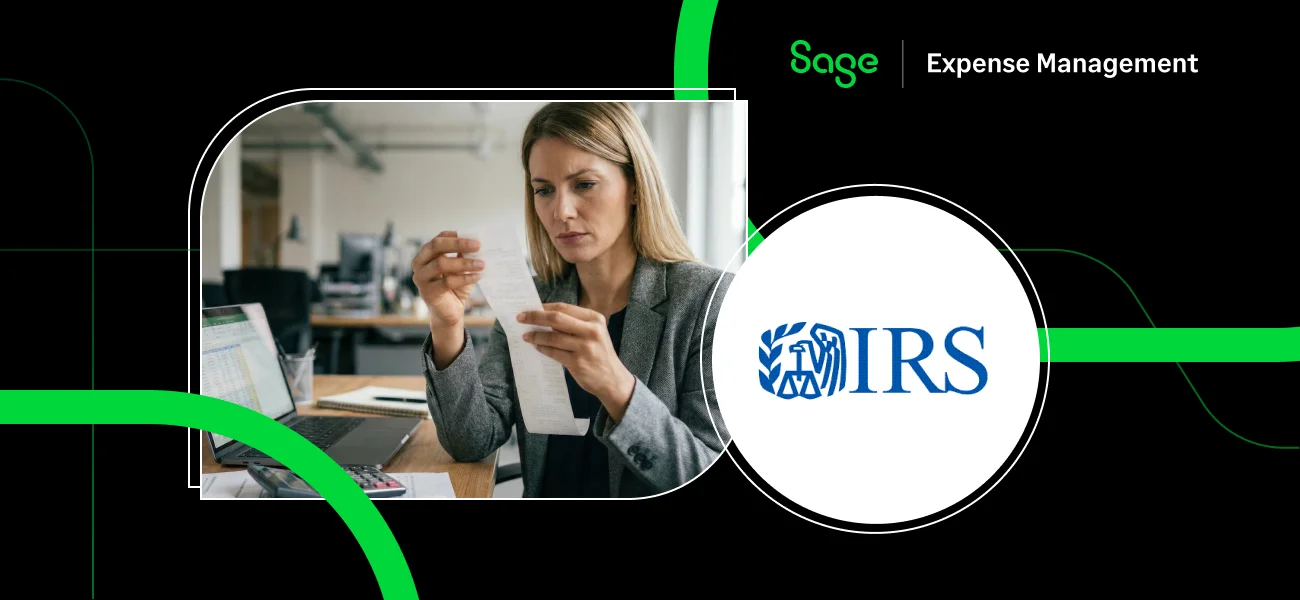"Every productivity tool you see is just a better form of Excel or what Excel could not do."
Whether you are a business owner, professional, or student - we all have one thing in common - we use spreadsheets!
Excel or spreadsheets are a staple of almost every organized business we know. Their simplicity and versatility are the reasons why they have over 750 million users today.
There is no denying spreadsheets serve as a quick fix for most of our business needs. But using them also comes with a host of consequences - redundancy in work, chaos with multiple users and formulas running in the background, and much more. This brings us to the question: is it time we moved out?
The Downside to Using Spreadsheets
Effective usage of time, money, and resources is the essence of a growing company. Businesses who use spreadsheets and manual means to go about business processes seem to be on the losing side. With the world going digital, automation seems to have become a catchphrase. (And, for obvious reasons!)
AI-powered softwares complete similar tasks in a few seconds, as compared to the hours spent on spreadsheets. They also help stakeholders from across the spectrum by reducing repetitive and manual work to focus on other tasks. These are somethings that spreadsheets can’t promise.
To give a little perspective, here are some processes for which I have been involved in the requisitioning and/or implementing of software applications:
- People Ops - Application Tracking, Human Resource Management (HRMS), Employee Stock Option Management
- Sales & Marketing - Customer Relationship Management (CRM), Marketing Automation
- Finance - Accounting ERP, Billing & Subscription Management, Audit & Fraud Management, Receivables Automation & Expense Management
- Project Management - Task & Project Management, Collaboration
- Analytics - Data organization, Data visualization
A common observation that I made was, despite all these diverse functions, in most cases, we were switching from Excel to an automated software that turbo-powered our processes. We noticed that spreadsheets were a roadblock to us achieving seamless operations.
Is It Time for Your Business to Move From Excel?
In many cases, businesses are oblivious to the fact that there is a solution or that they even have a problem. It's mostly when costs and loss of efficiency get beyond a manageable stage that businesses adopt these applications. So, here's what, in retrospect, I see as the problem trigger(s) that made us shift from spreadsheets.
If you are experiencing one or more of these problems, it's probably time you considered a business application to solve it:
- Poor usage of data to gain business insights
As it's said, data is the new oil, but then generating it alone doesn't suffice. Accurately compiling, storing, and interpreting all the information is what matters. If your Excel sheets do not help with a seamless interpretation of crucial business insights, it's probably time you looked beyond.
- Loss of productive hours due to duplication of efforts
With people collaborating across geographies and functions, a static version of data like Excel becomes a challenge. It may cause a lot of redundancy simply because it was not updated. If there are multiple versions of the same document floating around, keeping track of changes also becomes a task. This costs your employees valuable time and effort.
- Limited access control for specific tasks
In every organization, there are interdependencies and classified or restricted information for some brackets of users. Hence, businesses do not share all the data with everyone. Creating restricted views for different people on spreadsheets may often lead to cascading problems in version control & keeping track of changes.
For instance, say you are working on the payroll data. While the computation can be made in a single spreadsheet file, the relevant data has to be shared with each respective employee only.
- A lack of data and process standardization
An essential part of every business is to standardize how they record data and processes. This is one of the reasons why companies develop formal & informal standard operating procedures (SOPs.)
Spreadsheets pose a challenge in establishing consistency, especially when there are multiple data source providers, and the information needs to be compiled. A simple example of this can be how each user may record dates differently. This can ultimately lead to errors & significant time being spent on fixing them.
- A decrease in operational efficiency
Increasing efficiency & productivity is a constant priority for every organization. Hence, businesses must consider opportunities for reducing activities that are manual, repetitive, or error-prone.
For example, rather than Excel receivables trackers and matching it with your bank statements manually, an accounting or billing application could reconcile these two expenses automatically, thereby saving the manual time & effort.
- Business needs that are not addressed
As businesses grow in complexity, the nature of logic to be applied also evolves. It may get increasingly challenging to codify it and manage it on Excel. (Those proficient in advanced functions could still extend this by some time, but inevitably it will get tough.)
For example, one of our customers had a different expense policy for employees of each grade in every department. Further, this varied across geographies as well as currencies with daily & monthly limits.
The rationale of such a policy may be justified based on their business requirements, but enforcing and managing it on Excel can be a challenge and operationally intensive. An expense management application like Sage Expense Management can set this logic up in a few clicks. We also take care of enforcing & managing all your complex expense policies.
In Summary
These were some telltale signs that your business processes need an overhaul, and you may need to get over your dependence on Excel. But once you experience the capabilities that these business applications can deliver, I can assure you there is no looking back!



















